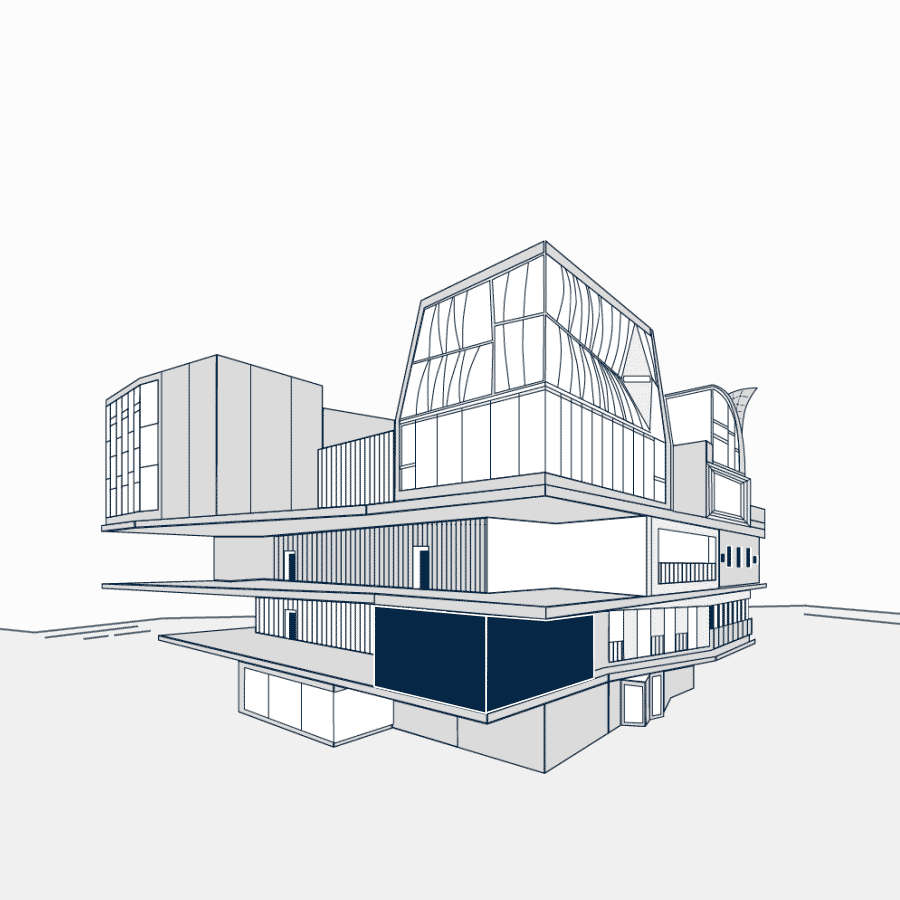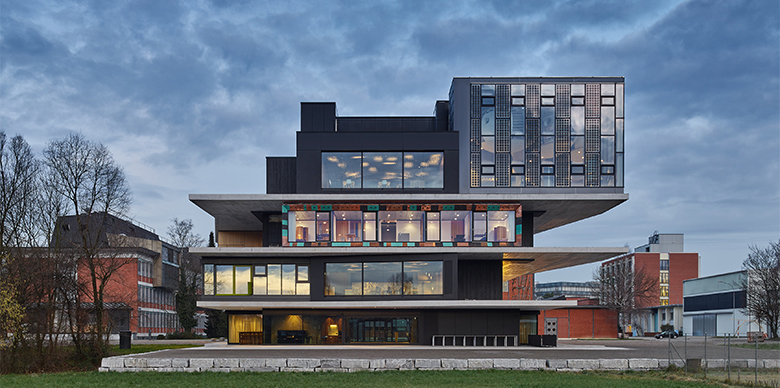This is NEST
In the construction and energy sector, it is difficult to bring new technologies and products to the market quickly. Long investment periods and numerous rules inhibit companies' willingness to take risks. Nowadays, we often experience a large gap between technologies that work in the laboratory and the market that demands reliable, mature products. NEST (Next Evolution in Sustainable Building Technologies) closes that gap between the research laboratory and the market and allows new sustainable solutions to quickly gain a foothold in the construction industry.
Modular research and innovation building
NEST is the modular research and innovation building of the two Swiss research institutions Empa and Eawag. It was opened in 2016 and is located on the Empa campus in Dübendorf. At NEST, more than 150 partners from research, industry and the public sector work closely together. The building consists of a central backbone and three open platforms on which individual research and innovation modules are installed for a limited period of time according to a plug-and-play principle. This allows these so-called "units" to be dismantled once the research and development work has been completed, thus making room for new modules.
Real, risk-free environment
At NEST, new materials, technologies and products, energy concepts and utlization concepts in the construction sector can be tested and refined without risk. In the sense of a "living lab," the installed units are not isolated laboratory environments, but real living and working environments. Feedback from users provides valuable insights for further development. NEST thus accelerates the market entry of sustainable innovations in the building sector.
Promotion of partnerships
NEST makes cooperation between research, industry and the public sector simpler and more effective. At NEST, national and international research teams from universities and technical colleges, architectural offices and innovative companies from the construction industry work together. Thus, research, industry and public authorities jointly create the future of the construction and energy sector.
Further information




























